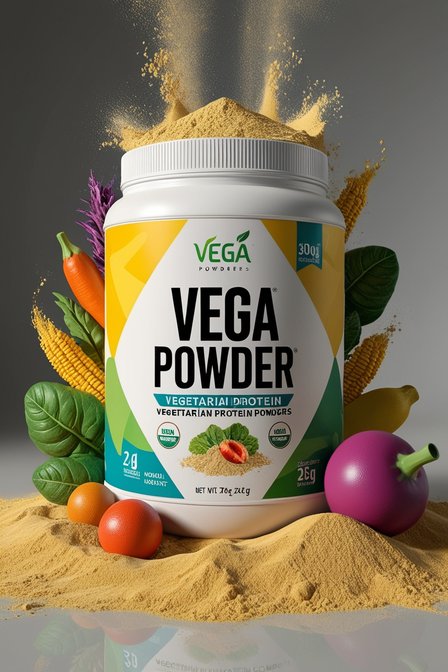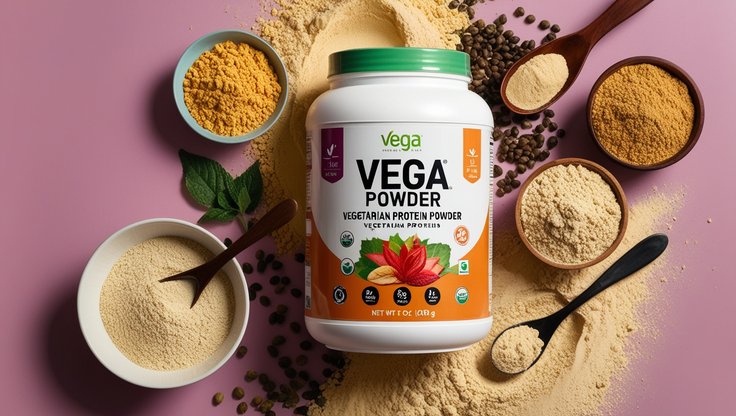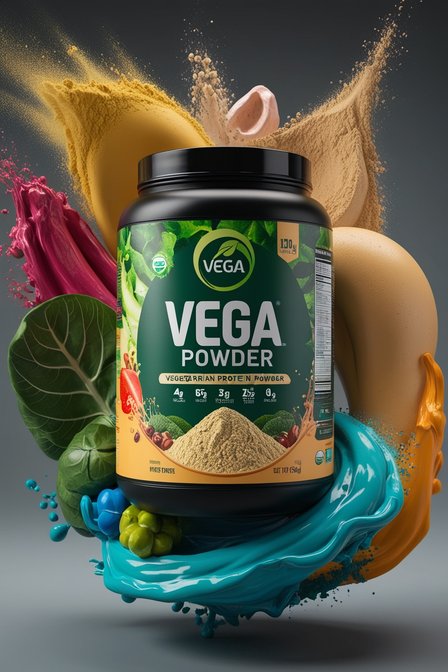The Rise of Vegan Pizza
In recent years, the culinary world has seen a significant shift towards plant-based diets, and at the forefront of this movement is vegan pizza. Once a niche option available at select health food stores, vegan pizza has now become a mainstream favorite, celebrated for its versatility, health benefits, and environmental impact. This article delves into the world of vegan pizza, exploring its history, ingredients, and growing popularity.
A Brief History of Pizza
To appreciate the evolution of vegan pizza, it's essential to understand the history of pizza itself. Originating in Naples, Italy, in the 18th century, pizza began as a humble dish consisting of flatbread topped with tomatoes, cheese, and various other ingredients. The classic Margherita pizza, featuring tomatoes, mozzarella, and basil, is often cited as the foundation of modern pizza.
As pizza spread worldwide, it adapted to local tastes and ingredients, resulting in countless variations. However, traditional pizza's reliance on dairy cheese and meat toppings limited its appeal to those following vegan diets. This gap in the market paved the way for the innovative creation of vegan pizza.
Ingredients that Define Vegan Pizza
Vegan pizza is characterized by the absence of animal-derived ingredients, replacing them with plant-based alternatives that replicate the flavors and textures of traditional pizza. Here are some key components:
Crust
The foundation of any great pizza is its crust. Vegan pizza crusts are typically made from flour, water, yeast, and olive oil. Some recipes incorporate whole grains or gluten-free flours to cater to various dietary preferences. The result is a crispy, chewy base that serves as the perfect canvas for toppings.
Sauce
The sauce is another crucial element of pizza. Traditional tomato sauce is naturally vegan, consisting of tomatoes, garlic, herbs, and spices. However, creative variations like pesto, made with basil, nuts, and nutritional yeast, or cashew-based white sauces, have become popular in vegan pizza recipes.
Cheese
One of the most significant challenges in vegan pizza making has been finding a suitable cheese substitute. Fortunately, advancements in food technology have led to the development of various vegan cheeses made from nuts, soy, coconut, and other plant sources. These cheeses melt, stretch, and deliver the creamy texture and savory flavor that pizza lovers crave.
Toppings
The possibilities for vegan pizza toppings are endless. From fresh vegetables like bell peppers, mushrooms, and spinach to plant-based proteins like tofu, tempeh, and seitan, the options cater to diverse tastes and nutritional needs. Many pizzerias also offer creative toppings like caramelized onions, roasted garlic, and even fruits like pineapple for a unique twist.
Health Benefits of Vegan Pizza
One of the main reasons for the rise in vegan pizza's popularity is its health benefits. A well-balanced vegan pizza can be a nutritious meal option, offering several advantages:
Lower in Saturated Fats
Traditional pizza often contains high levels of saturated fats due to cheese and processed meats. Vegan pizza, on the other hand, utilizes plant-based ingredients that are generally lower in saturated fats, making it a heart-healthy choice.
Rich in Nutrients
Vegan pizzas are typically loaded with vegetables, providing an abundance of vitamins, minerals, and antioxidants. Ingredients like spinach, bell peppers, and tomatoes contribute to a well-rounded intake of essential nutrients.
Digestive Health
Many people find vegan pizzas easier to digest, especially those with lactose intolerance or dairy allergies. The absence of dairy products can lead to improved digestive comfort.
Weight Management
Vegan pizzas can be lower in calories compared to their traditional counterparts, making them a suitable option for those aiming to manage their weight. The emphasis on vegetables and lean proteins helps create a satisfying yet calorie-conscious meal.
Environmental Impact
Beyond personal health, choosing vegan pizza also has positive implications for the environment. The production of plant-based ingredients typically requires fewer resources and generates less pollution compared to animal agriculture. By opting for vegan pizza, consumers contribute to reducing their carbon footprint and promoting sustainable food practices.
Vegan Pizza in the Culinary Scene
The demand for vegan pizza has inspired chefs and restaurateurs to experiment with innovative recipes and techniques. Gourmet pizzerias and mainstream chains alike have embraced the trend, offering dedicated vegan menus or customizable options. This culinary creativity has elevated vegan pizza from a simple alternative to a gastronomic delight.
Gourmet Vegan Pizzerias
In cities around the world, gourmet vegan pizzerias have emerged, each with its unique take on the classic dish. These establishments prioritize high-quality, locally sourced ingredients and often feature seasonal toppings. From artisanal crusts to house-made vegan cheeses, the attention to detail creates an exceptional dining experience.
Mainstream Adoption
Recognizing the growing demand, many mainstream pizza chains have incorporated vegan options into their menus. This accessibility has made vegan pizza more widely available, encouraging more people to explore plant-based eating. Chains often use vegan cheese and a variety of vegetable toppings to cater to their vegan clientele.
Making Vegan Pizza at Home
For those who prefer to cook at home, making vegan pizza can be a fun and rewarding culinary adventure. Here are some tips for creating a delicious vegan pizza from scratch:
Choosing the Right Ingredients
Start with a solid base by selecting high-quality flour for the crust. Experiment with different flours, such as whole wheat or gluten-free, to find your preferred texture and flavor. Opt for fresh, organic vegetables and experiment with various plant-based proteins to create a balanced and flavorful pizza.
Perfecting the Crust
Achieving the perfect crust involves finding the right balance between kneading and resting the dough. Allow the dough to rise sufficiently to develop its flavor and texture. Baking on a preheated pizza stone can help achieve a crispy crust.
Creative Toppings
Get creative with your toppings by exploring different combinations of vegetables, herbs, and spices. Roasted vegetables can add a depth of flavor, while fresh greens like arugula can provide a peppery contrast. Don't be afraid to try unconventional toppings like artichoke hearts or sun-dried tomatoes.
Experimenting with Cheese
Experiment with various vegan cheeses to find your favorite. Some prefer the creaminess of cashew cheese, while others enjoy the meltability of soy-based options. Nutritional yeast can also be sprinkled on top for a cheesy flavor without the need for traditional cheese substitutes.
Baking Techniques
Baking your pizza at a high temperature ensures a crisp crust and well-cooked toppings. Keep an eye on the pizza to prevent burning, and consider using a pizza peel for easy transfer to and from the oven.
Conclusion
Vegan pizza has transformed from a niche option to a beloved dish that satisfies both vegans and non-vegans alike. Its health benefits, environmental impact, and culinary creativity make it a standout in the world of plant-based eating. Whether enjoyed at a gourmet pizzeria, a mainstream chain, or homemade in your kitchen, vegan pizza offers a delicious and sustainable way to enjoy this timeless favorite. As more people embrace plant-based diets, the future of vegan pizza looks brighter than ever, promising continued innovation and deliciousness for all.




